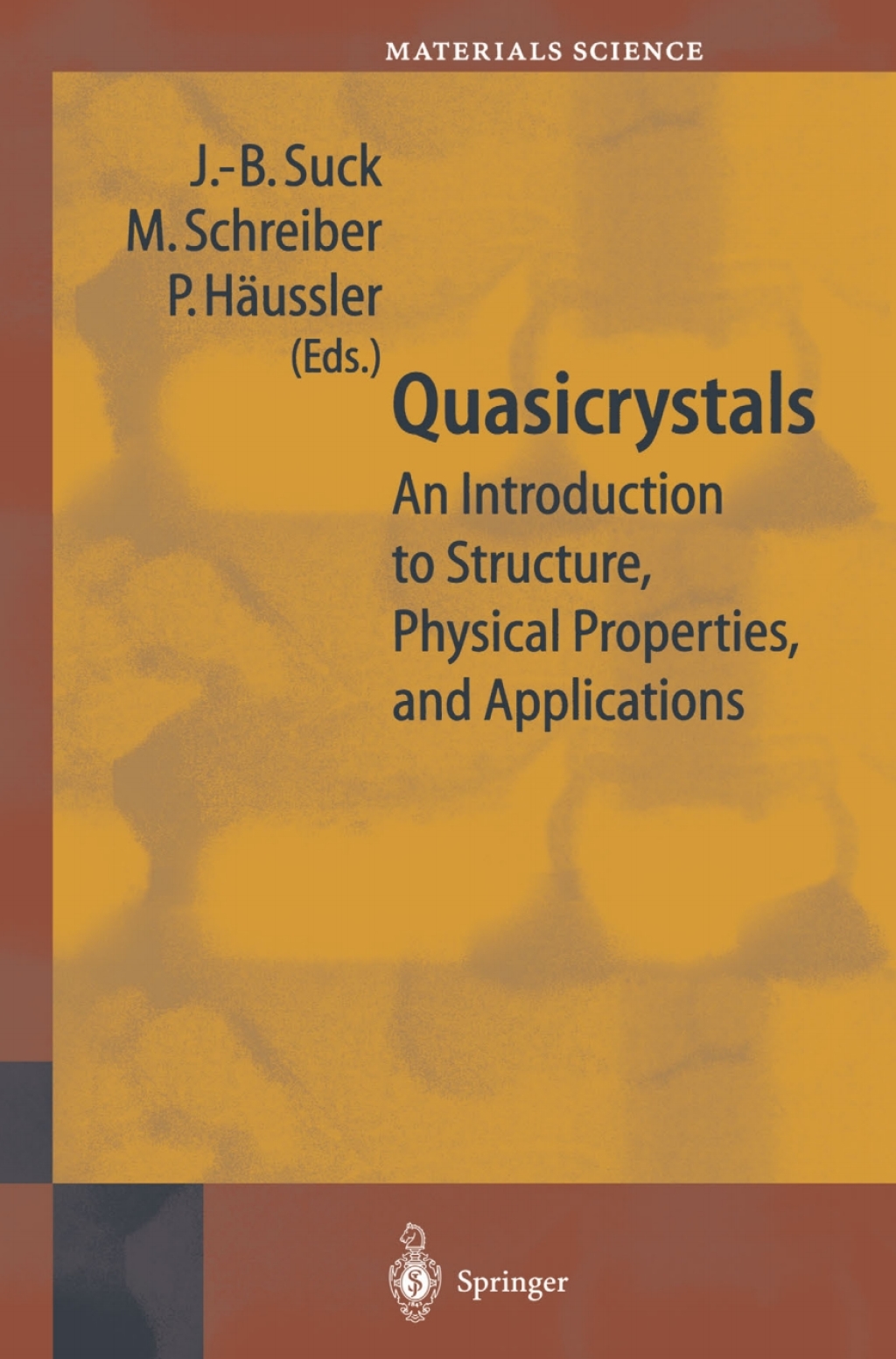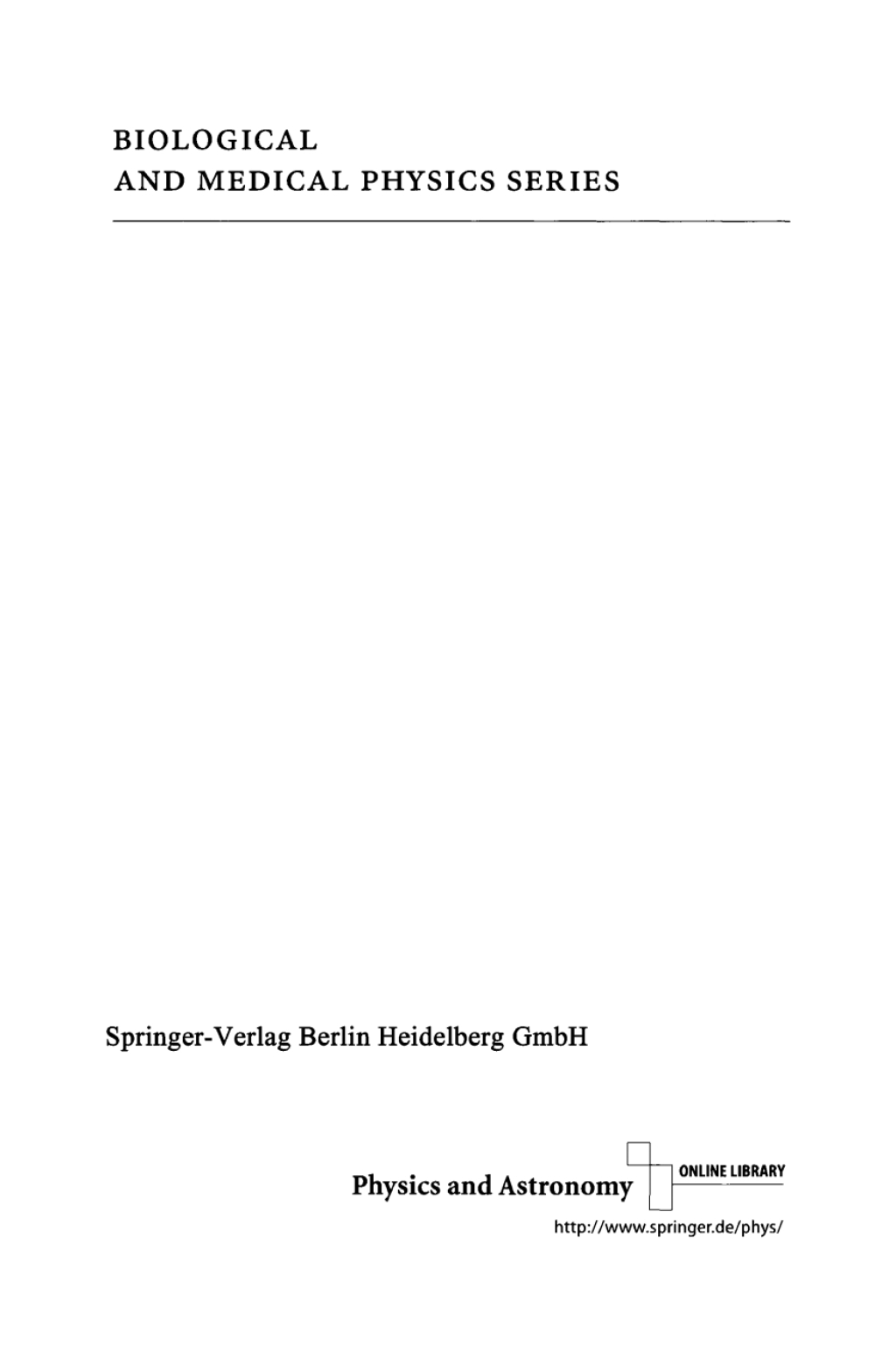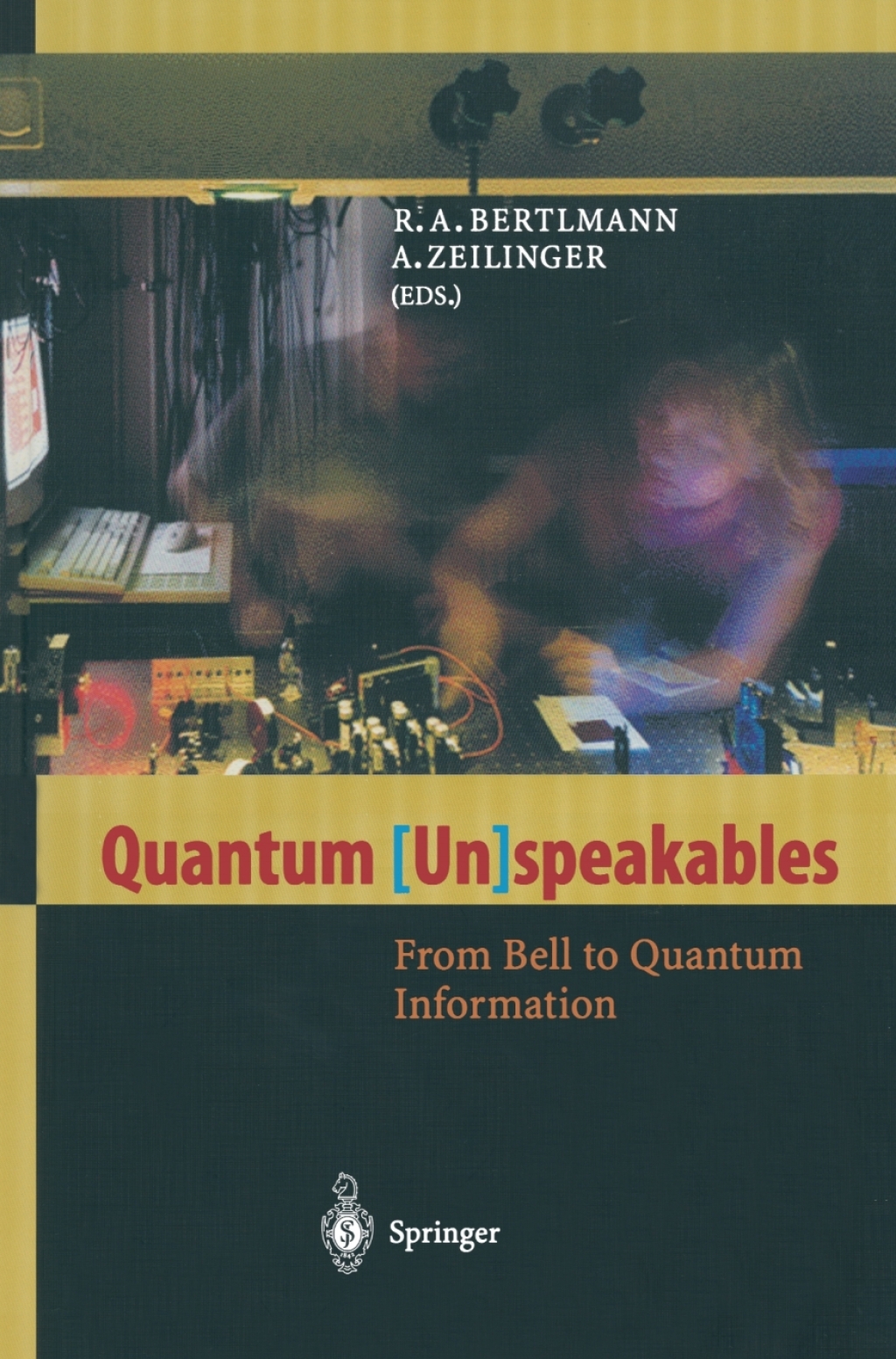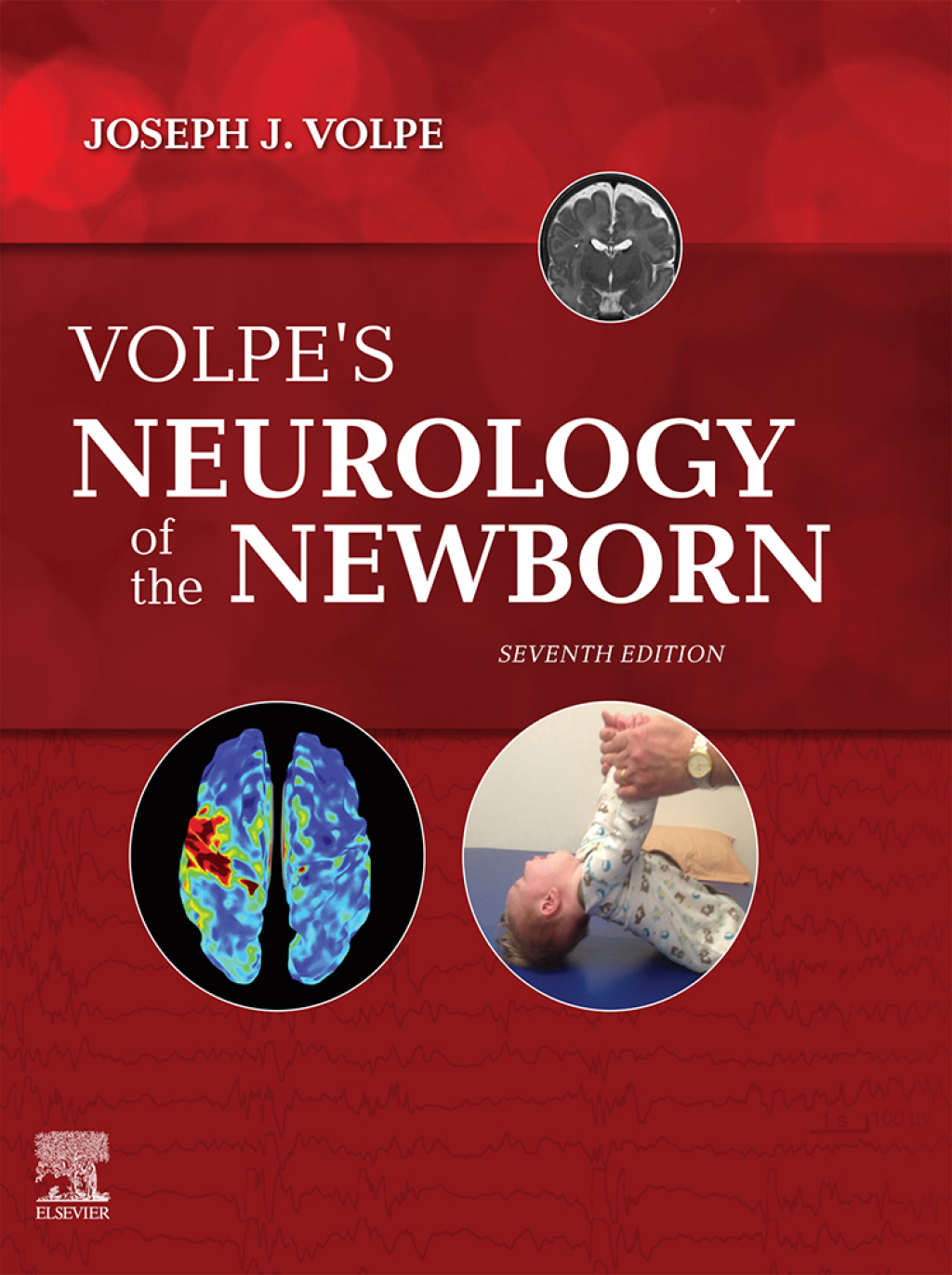issues raised by quantum theory, a topic not very popular during his student days at Queen’s University, Belfast. Apparently, John Bell, who had been interested in the Bohr-Einstein dialogue, always took the position of Albert Einstein on philosophical issues. He also felt that a completion of quantum mechanics using so-called “hidden variables” would be highly desired, as it would help to regain a realistic and objective picture of the world. That way, Bell hoped one would be able to arrive at a physics where “measurement” would not play such a central role as in the Copenhagen interpretation of quantum mechanics. Then, a most interesting sequence of events set in. In 1952, David Bohm had achieved something which had earlier been proclaimed impossible. It had been proved by John von Neumann that no hidden variable theory could agree with quantum mechanics. Bohm actually formulated such a theory, where each particle at any time has both a well-defined position and a well defined momentum. The conflict raised between von Neumann and Bohm was elegantly resolved by Bell, who showed that von Neumann’s proof contained a physically unjustifiable assumption. So while John Bell had flung open the door widely for hidden variable theories, he immediately dealt them a major blow. In 1964, in his celebrated paper “On the Einstein-Podolsky-Rosen Paradox”, he showed that any hidden variable theory, which obeys Einstein’s requirement of locality, i. e.
“Diagnostic Imaging: Oral and Maxillofacial 3rd Edition” has been added to your cart. View cart
Quantum (Un)speakables From Bell to Quantum Information 1st Edition
Author(s): R.A. Bertlmann; ‎A. Zeilinger
Publisher: Springer
ISBN: 9783540427568
Edition: 1st Edition
$39,99
Delivery: This can be downloaded Immediately after purchasing.
Version: Only PDF Version.
Compatible Devices: Can be read on any device (Kindle, NOOK, Android/IOS devices, Windows, MAC)
Quality: High Quality. No missing contents. Printable
Recommended Software: Check here










